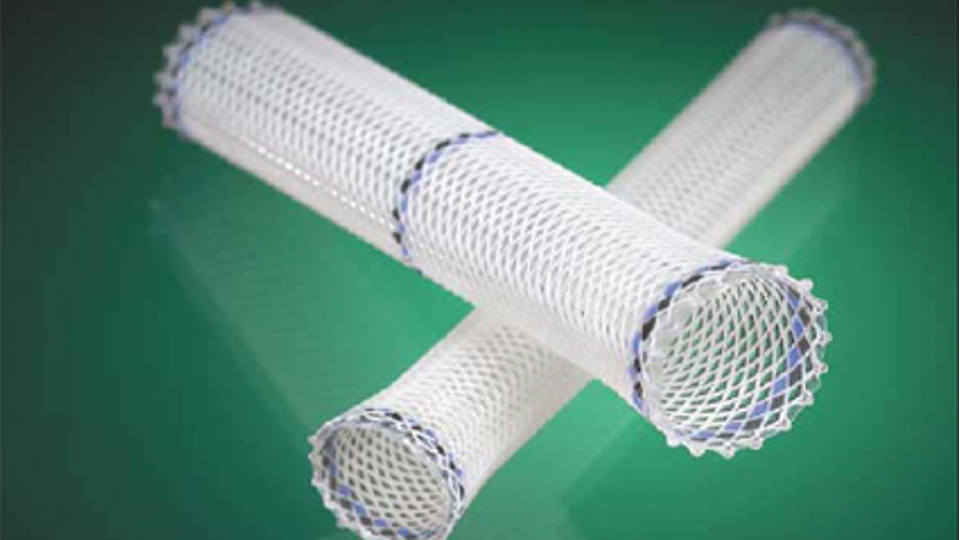Overview of Microcatheter Industry
Microcatheters are thin, highly flexible catheter tubes used in minimally invasive endovascular procedures. Measuring between 1-2 French (1 French = 0.33 mm), these micro-sized catheters allow physicians to precisely navigate blood vessels and access difficult to reach areas of the body. At the forefront of interventional medicine, microcatheters play a critical role in treating many vascular diseases.
How Microcatheter Industry Work
Global Microcatheter are designed to be navigated through narrow, tortuous vessel paths using fluoroscopic imaging for guidance. The distal tip of the catheter can be steered with torque and pushability to access target anatomies. Once in place, microcatheters function as a conduit to deliver interventional devices, therapies, or embolic agents. Common applications include directing guidewires, delivering coils/particles for embolization, and assisting with stent placement.
Microcatheter Materials and Design
Medical-grade plastics like nylon, polyethylene, and polyurethane are commonly used to manufacture microcatheters due to their flexibility and pushability. Contemporary designs incorporate tapered, hydrophilic tips for improved trackability. Microcatheters also contain braided reinforcing wires to facilitate torque control without kinking. Precise tip shapes, such as angle-tip or septectomy configurations, optimize access to different anatomies. Coatings like PTFE impart further lubricity for smooth vessel navigation.
Neurointerventional Applications
In the brain and spine, microcatheters are widely used for minimally invasive treatment of vascular abnormalities and diseases. Applications include:
– Aneurysm embolization – Delivering platinum coils or liquid embolic agents into aneurysm sacs to occlude blood flow. This is a common alternative to neurosurgery.
– Arteriovenous malformation repair – Embolizing abnormal connections between arteries and veins in the brain or spinal cord via microcatheter delivery of embolic materials.
– Stroke treatment – Directing clot-retrieving stents or thrombolytic drugs to the site of occlusive vessels in acute ischemic stroke patients.
– Tumor embolization – Blocking blood supply to brain tumors by selectively deploying particles into tumor-feeding arteries via microcatheters. This improves outcomes for surgery or radiation therapy.
Peripheral Vascular Uses
Beyond the neurovasculature, microcatheters are invaluable for treating numerous conditions in the peripheral arterial and venous systems, such as:
– Varicose vein ablation – Navigating microcatheters into dysfunctional veins to administer radiofrequency or laser thermal ablation.
– Arterial embolization – Occluding arteries supplying hemorrhages, tumors, trauma sites, and other abnormal structures by microcatheter-delivered embolics.
– Venous malformation therapy – Similar to AVM repair, abnormal vein connections can be occluded using microcatheter-guided coil/particle delivery.
– Peripheral angioplasty/stenting – Helping cross arterial stenoses or occlusions with guidewires, then delivering balloon catheters and stents for revascularization.
Global Microcatheter Market
The global microcatheter market size was valued at over $500 million in 2020 and is predicted to expand at a 5-7% CAGR through 2027. North America currently dominates usage with Europe and Asia-Pacific comprising significant shares. As interventional procedures rise to treat vascular disease non-invasively, microcatheter utilization is growing steadily. Improved designs that increase flexibility, torque control and deliverability will continue driving market growth.
Future of Microcatheter Technology
Cutting-edge microcatheter research focuses on maximizing safety, advancing treatment options, and making procedures faster and less complicated. Areas being developed include biodegradable polymeric catheters to avoid device retrieval, 3D-printed customizable tips, and new hydrophilic surface coatings for even smoother intracranial navigation. Integrating microcatheters with gene therapy, immunotherapy or stem cell treatments could also revolutionize how certain diseases are addressed in the future. With enhanced functionality at small sizes, microcatheters maintain a critical role in expanding endovascular therapies.
Microcatheters are a minimally invasive technological staple enabling targeted treatment of various neurological and peripheral vascular conditions. Through continual design improvement and integration with evolving interventional techniques, microcatheters will likely remain a foundational tool for physicians addressing an array of diseased anatomies. As medicine shifts toward less traumatic therapies, the role of these tiny yet mighty catheters stands poised to grow significantly in the coming years.
*Note:
1. Source: Coherent Market Insights, Public sources, Desk research
2. We have leveraged AI tools to mine information and compile it.



